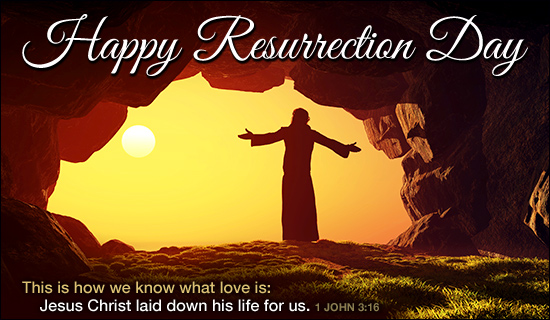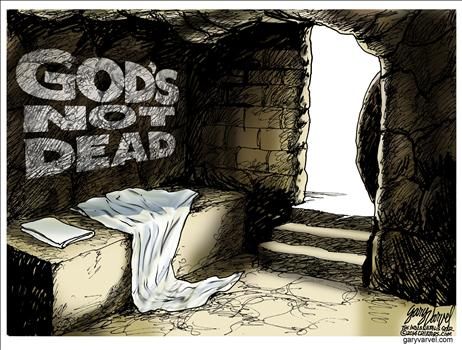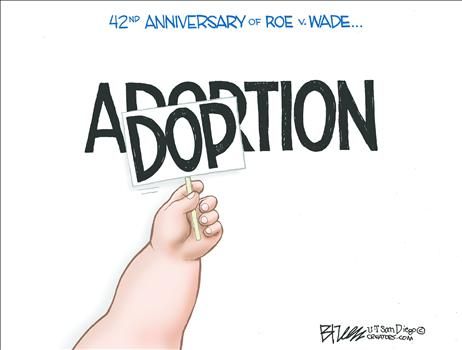Sons of men and angels say: Al---le-lu-ia!
Raise your joys and triumphs high, Al---le-lu-ia!
Sing, ye heavens, and earth reply, Al---le-lu-ia!"?
"Soar we now, where Christ has led, Al---le-lu-ia!
Following our exalted Head; Al---le-lu-ia!
Made like Him, LIKE HIM WE RISE; Al---le-lu-ia!
OURS THE CROSS, THE GRAVE, THE SKIES, Al---le-lu-ia"
[from the hymn, "Christ the Lord Is Risen Today," by Charles Wesley, v. 1 and 4]

"The Evidence for Easter" - by Dr. D. James Kennedy; April 1, 2015, D. James Kennedy Ministries; http://www.truthimpact.me/index.php/2015/04/the-evidence-for-easter/?utm_source=impact&utm_medium=april&utm_campaign=whoisthis&utm_content=L0360#.VR_soNzF9A0
When it comes to the evidence for Easter, the world’s most famous ex-atheist was impressed. Antony Flew, a leading British philosopher, argued the case for atheism for 50 years, but in 2004, at 81, he reached the conclusion that God exists. In an interview, he said that the “evidence for the Resurrection is better than for claimed miracles in any other religion.”
While Flew was not a Christian and remained skeptical until his death in 2010 that Jesus came back to life after His crucifixion, he does acknowledge the unique character of the case for Christ’s resurrection. “It’s outstandingly different in quality and quantity, I think, from the evidence offered for the occurrence of most other supposedly miraculous events,” he said in a Philosophia Christi interview with Dr. Gary Habermas, a Liberty University theologian and historian.
Flew is on to something. Simon Greenleaf, a nineteenth century Harvard law professor who has been called the greatest authority on legal evidences in the history of the world, concluded, after careful scrutiny, that the resurrection of Christ was a reality.
Dr. Thomas Arnold, nineteenth-century history professor at Oxford, said, “I know of no one fact in the history of mankind which is proved by better and fuller evidence of every sort, to the understanding of a fair inquirer, than the great sign which God hath given us that Christ died and rose again from the dead.”
Scholar Gary Habermas has pointed out five historical facts about Christ, agreed to by nearly all ancient historians, Christian or not, that point logically to the conclusion that Christ did, in fact, walk out of the tomb on the third day. Those facts are as follows.
First, Jesus died by crucifixion. Aside from the Gospels, four first or second century sources, including the Jewish historian Josephus and the Roman historian Tacitus, all make this claim.
Second, the disciples of Jesus believed that He rose and appeared to them in a physical body. They went from craven cowards who deserted their Master to bold preachers of the Gospel. Nearly all paid with their lives for their profession that Jesus was alive. What, if not the truth that Jesus arose, motivated these men to give their lives? Men do not willingly die for a lie.
Third, the church persecutor, Paul, was suddenly changed and became a Christian. Paul’s turnabout was so complete and long-standing that he was both willing to die and did die for his belief in the risen Jesus. That Saul, the persecutor, became Paul, the persecuted, is documented by Paul, Luke, and the early Church fathers. What, if not the Resurrection, accounts for Paul’s dramatic change?
Fourth, James, the brother of Jesus, a pious Jew who did not believe in Christ before his death, was also suddenly changed. The New Testament reports that the risen Christ appeared to James, who later became a church leader and died a martyr’s death, according to the first-century Jewish historian Josephus. What, if not the risen Christ, explains his lifelong, to the death, change?
Fifth, the empty tomb. Other religions can point to the tomb of their founder. Christians cannot. He is not in the grave. His corpse has never been found. Even Jewish authorities acknowledge the empty tomb. The second-century Jewish apologist Trypho, in his dialogue with Justin Martyr, labels Jesus a “Galilean deceiver whom we crucified, but his disciples stole him by night from the tomb where he was laid….” That “stolen body” theory, one of many discredited attempts to explain the Resurrection, flounders on the fact that Roman soldiers were guarding the large heavy stone at the entrance to the tomb.
The evidence is, as Flew put it, “outstandingly different in quality and quantity.” The scope and strength of the evidence for the Resurrection is such that one cannot both reject the Resurrection and, at the same time, believe in any ancient event.
The 2,000-year-old Christian claim that “He is risen indeed” is true indeed.
[bold and italics emphasis mine]
"An Easter Challenge to Skeptics" - by Jerry Newcombe, March 30, 2015, D.James Kennedy Ministries,
http://www.djameskennedy.org/index.php/2015/03/an-easter-challenge-to-skeptics/
"Easter Sunrise Service in a Cemetery" - by Michael Milton, Ph.D, April 1, 2015; Truth in Action Ministries; http://www.truthimpact.me/index.php/2015/04/easter-sunrise-service-in-a-cemetery/?utm_source=impact&utm_medium=april&utm_campaign=whoisthis&utm_content=L0360#.VR_uztzF9A0






No comments:
Post a Comment